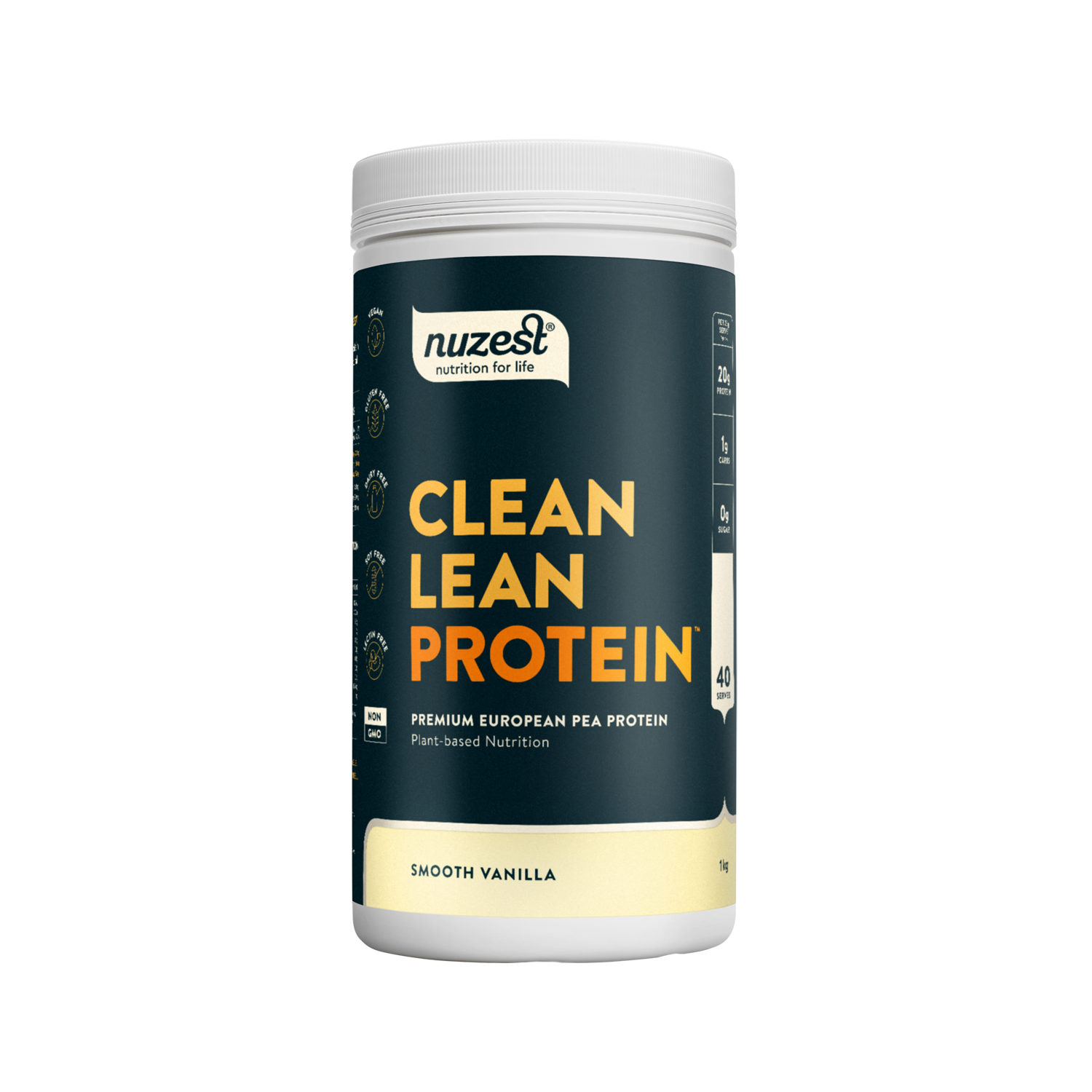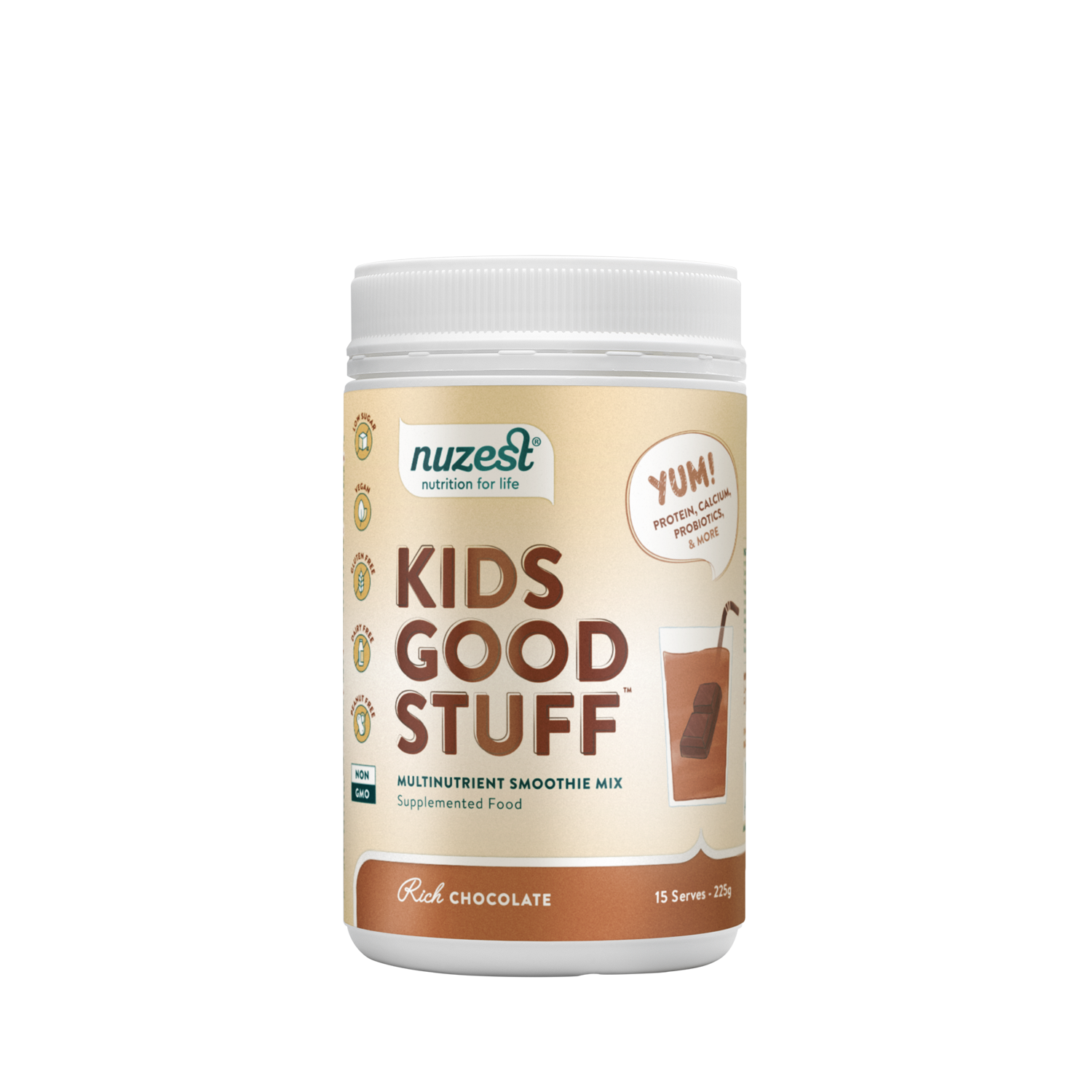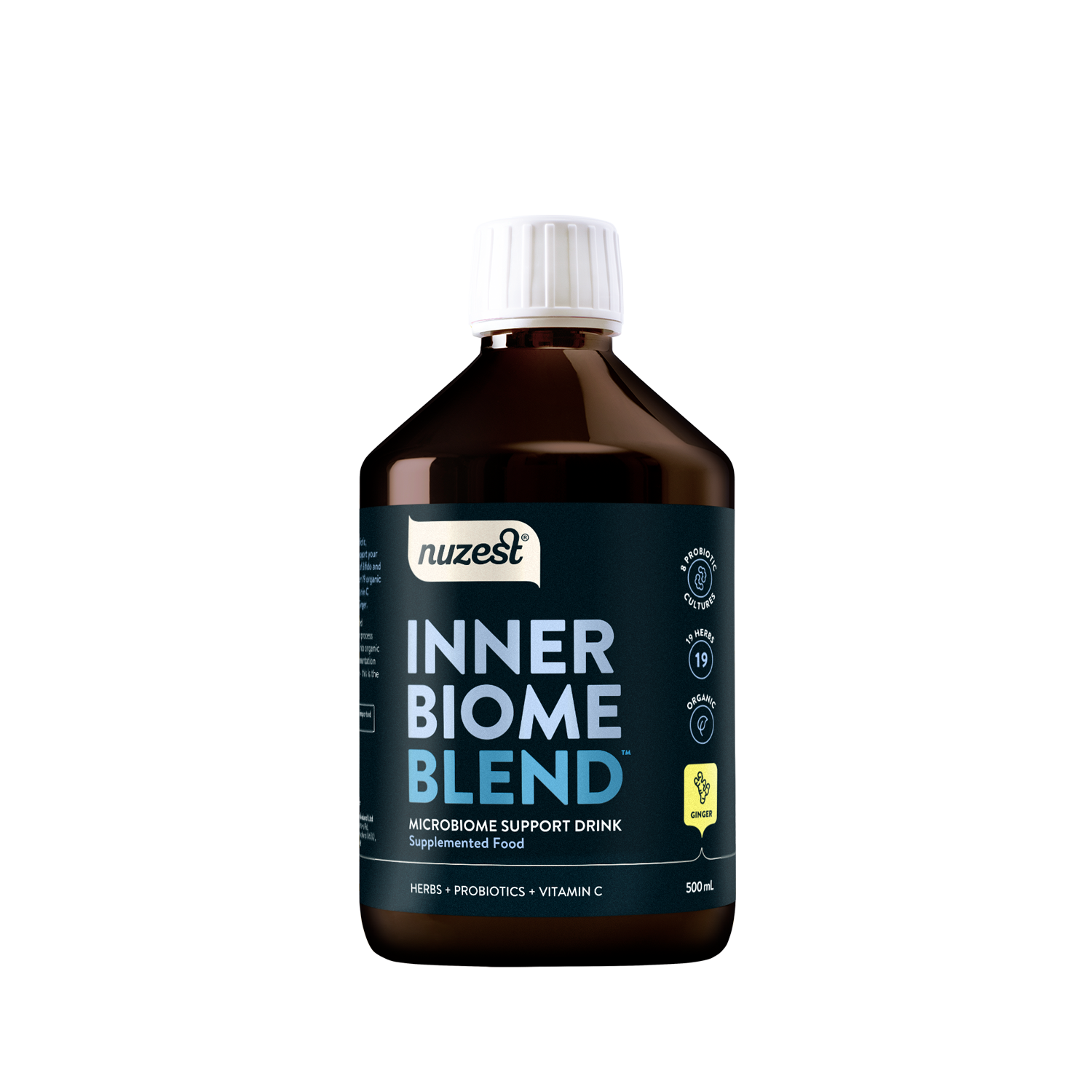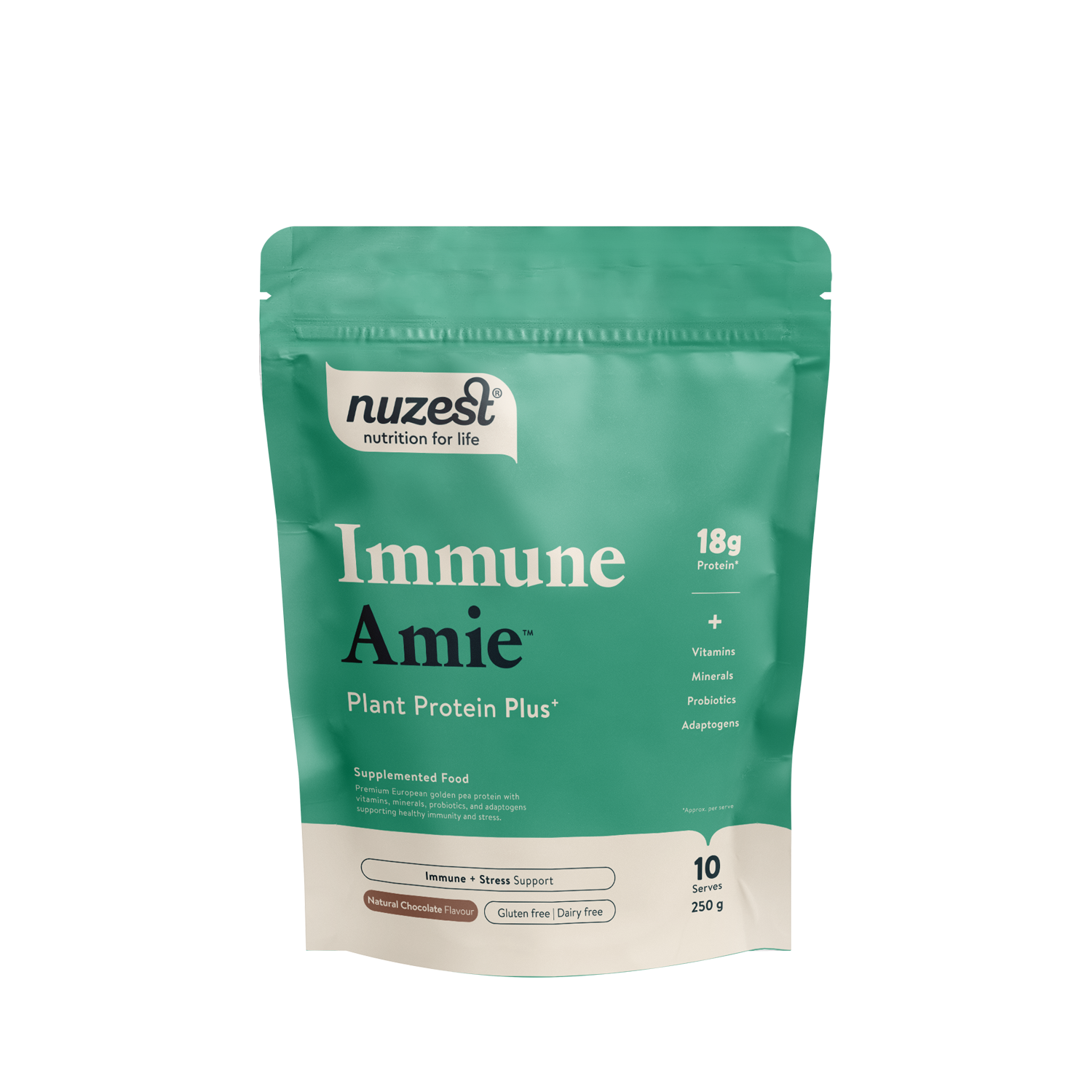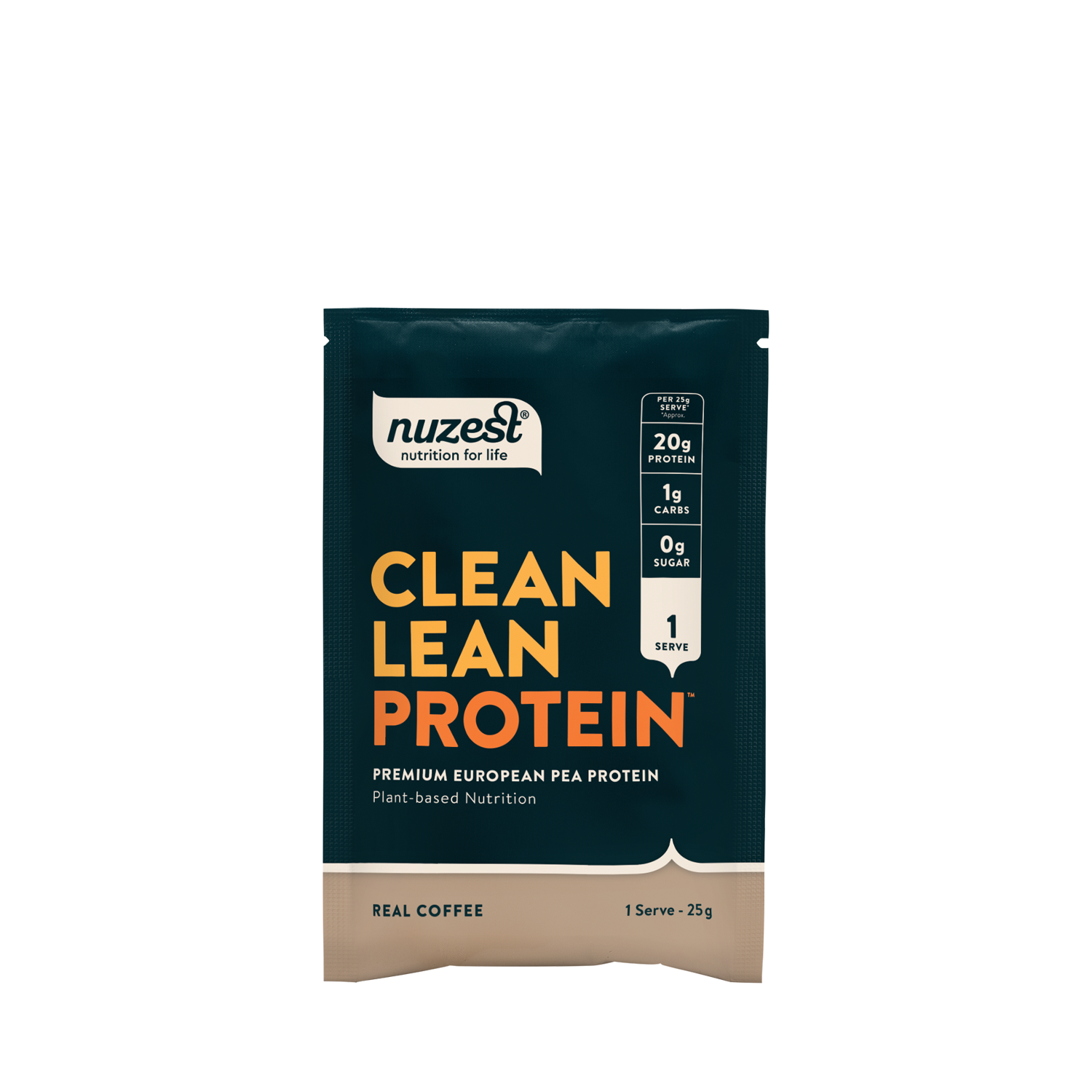Vitamin A
Retinyl palmitate
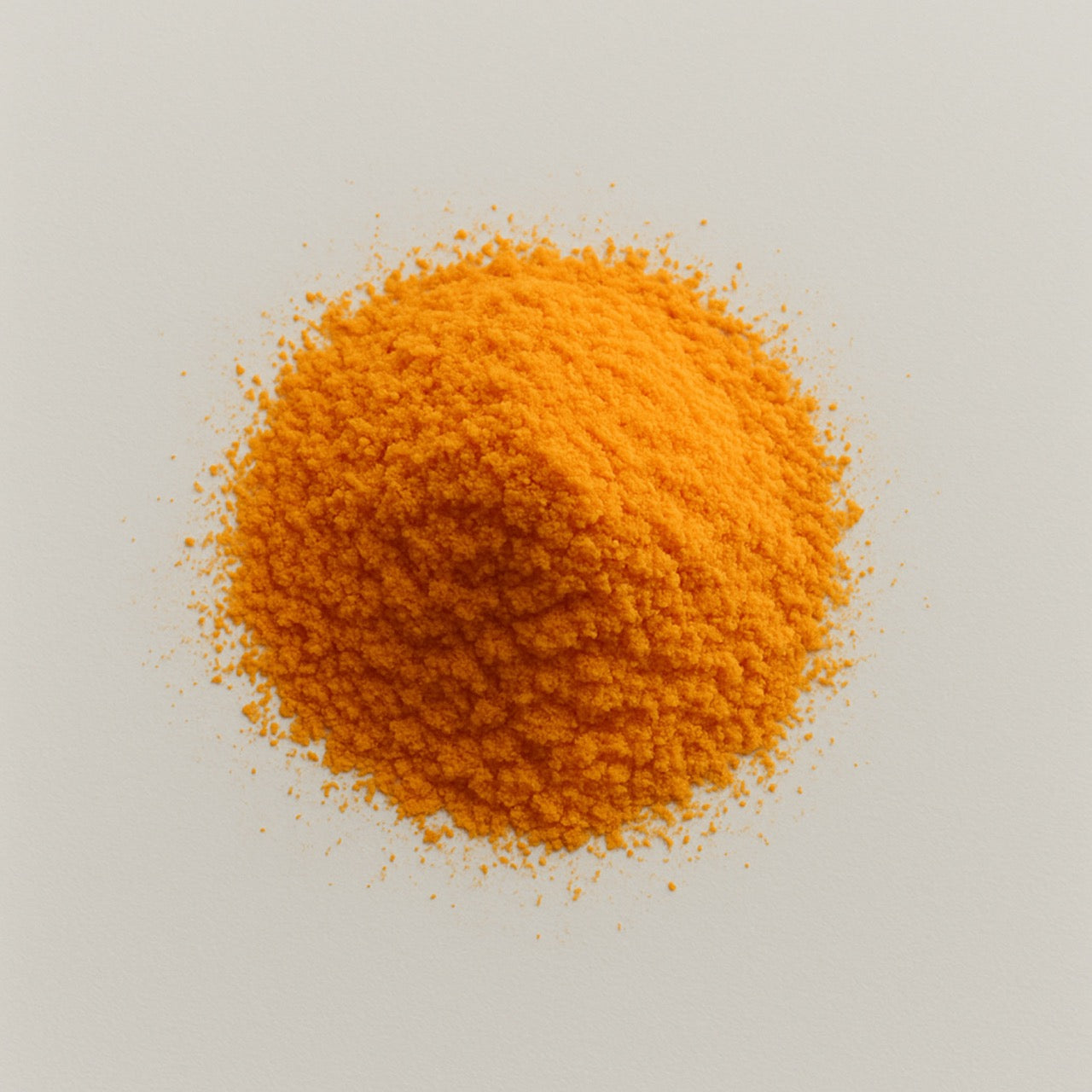
Vitamin A is a fat-soluble vitamin important for various physiological functions. It is available in supplement form as retinol or carotenoid precursors.
Products:
Vitamin A for Eye Health
Vitamin A is essential for visual function, primarily through its role as a constituent of rhodopsin, a photoreceptor protein in the retina involved in adapting to changes in light intensity. Adequate intake of vitamin A is necessary to support normal vision and to reduce the risk of conditions such as night blindness.¹ ²
How Does Vitamin A Support Immunity?
Building on its role in visual health, vitamin A is also critical for immune system function. It supports immune regulation by promoting the development and activity of white blood cells involved in pathogen defense. Additionally, vitamin A contributes to the maintenance of mucosal epithelial integrity in tissues such as the respiratory and gastrointestinal tracts, reinforcing the body’s primary barriers against microbial invasion.³ ⁴
Vitamin A for Skin Health
Vitamin A is also integral to skin health. It facilitates the proliferation and differentiation of skin cells, supporting tissue repair and regeneration. Through its antioxidant activity, vitamin A helps protect the skin from oxidative damage caused by free radicals, which can contribute to the development of fine lines and wrinkles. Due to these properties, vitamin A derivatives are commonly incorporated into topical formulations for managing acne and enhancing skin appearance.⁵
What Are the Different Types of Vitamin A?
Vitamin A exists in two main forms: preformed vitamin A (retinol) and provitamin A carotenoids. Retinol, the bioactive form, is primarily sourced from animal-based foods such as liver and dairy products. In contrast, carotenoids—including beta-carotene—are found in plant-based foods like carrots, sweet potatoes, and leafy greens. The body enzymatically converts carotenoids into active vitamin A according to physiological requirements.⁶
Is Vitamin A Fat-Soluble and What Does This Mean?
As a fat-soluble vitamin, vitamin A is absorbed alongside dietary fats and stored primarily in the liver for later use. Consuming vitamin A-containing foods with a source of healthy fat can enhance its bioavailability. However, due to its fat-soluble nature, excessive intake may lead to accumulation and potential toxicity; therefore, appropriate consumption levels should be maintained to avoid adverse effects.⁷ ⁸

